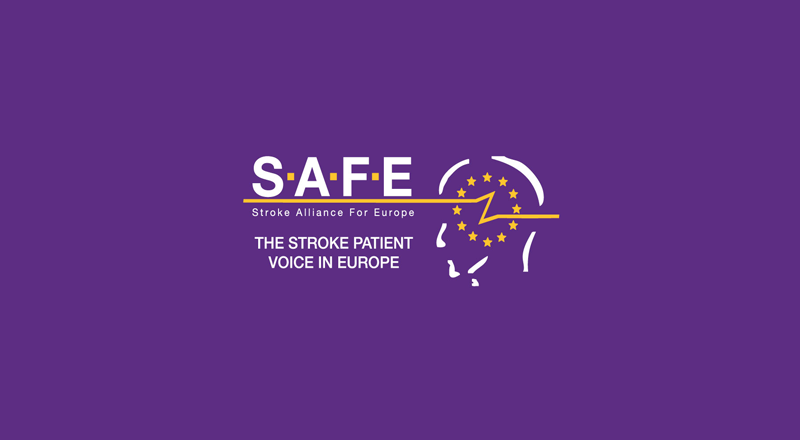FORT LAUDERDALE, Fla. (Ivanhoe Newswire) – Today, there seems to be an app for just about everything. Now new technology can give patients and doctors critical time when they need it most.
Stroke symptoms might not be obvious
Things are looking up for Armand Kaladi. Just a few months ago he had a stroke. “I got myself out of the car and I basically fell on the ground because my whole left side was paralyzed. It had no strength, no activity to it,” Kaladi told Ivanhoe.
Kaladi knew he was in trouble. Within minutes after a stroke brain cells begin to die. Every thirty minutes that passes without treatment equals an 18 percent reduction in the chance of a good outcome. Experts say patients need to be inside a hospital within sixty minutes so they can prevent permanent damage.
But in Kaladi’s case, this app called Pulsara was a life-saving difference. The hospital has patient information before arrival.
Brijesh Mehta, M.D., neurointerventional surgeon at Memorial Healthcare System in Fort Lauderdale, Florida explained, “One notification goes to all the staff so we’re all on the same page and when the patient arrives, we’re ready.”
“We’ve really seen a huge, huge reduction in time in getting patients to treatment by the new process we’ve created here and the inclusion of some of these technologies,” said Mark Ellis, rescue fire chief at Hallandale Beach Fire in Florida.
A life-saving app that takes just seconds to use, when seconds matter.
“In my case, it could’ve been the difference in being paralyzed, saving my life or just enjoying a normal lifestyle,” said Kaladi.
Pulsara is just one form of technology EMS is using in the field to communicate with doctors at the hospital.
Contributors to this news report include: Cyndy McGrath, Supervising Producer; Christina Nicholson, Field Producer; Milvionne Chery, Assistant Producer; Matt Goldschmidt, Editor; Michelle Sens, Videographer.
Copyright 2016 by Ivanhoe Newswire





